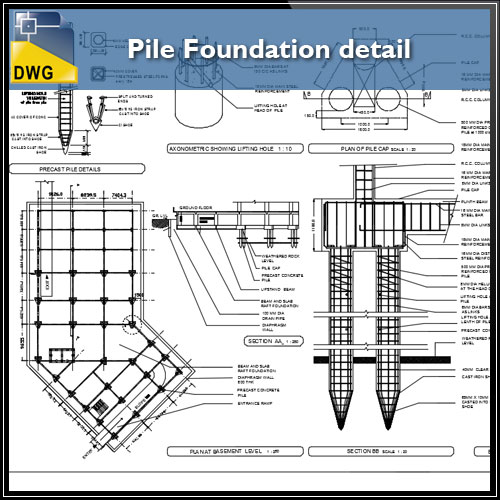
More information about Reporter Module explorer panel can be found in Section 3.4 in spMats Manual. For printing and/or exporting purposes, the user can check/uncheck the checkbox to include or exclude from the report, the items or sections. Each item listed in the Explorer Panel is preceded by a checkbox. The Explorer Panel in the Reporter Module consists of all the available report items classified into sections and arranged hierarchically. How do I limit the output of my results for printing purposes? More information about the plate element used in spWall can be found in Section 2.5 in spWall Manual. SpWall can be used when shear need to be evaluated in detail since the plate finite element used in spWall includes in-plane and out-of-plane shear forces. More information about the plate element used in spMats can be found in Section 2.3.1 in spMats Manual. Hand calculations are required to document that their negligible effect on concrete and steel stresses may be needed. In-plane forces are not applicable in spMats models. How can I model the in-plane (X-Y mat plane) force transferred from a column or a wall to mat foundation? More information about load types can be found in Section 5.1.2.2 in spMats Manual. Overturning moments can be applied to the interface of a column or a wall and mat foundation. What type of load can be transferred from a column or a wall to a mat foundation?Īxial loads can be modeled as concentrated loads or equivalent surface loads (in Z-direction).

More information about spMats program capacity can be found in Section 1.2 in spMats Manual. SpMats can accommodate up to 64,500 mesh elements and up to 255 service and ultimate load combinations with 26 basic load cases. What is the maximum amount of nodes and load combinations? More information about this topic can be found in Section 2.15 in spMats v.8.5 Manual.

It will cover much more detailed and rigorous calculations of the corner, edge, and interior columns/piles as compared to the limited feature in spMats v8.50. StructurePoint is developing a comprehensive investigation feature for two-way (punching) shear that will be added to the next release of spMats. One-way shear and two-way punching shear are not checked by spMats v10.00 and additional hand calculation may be required if needed. More information about this topic can be found in Sections 2.4.1 in spMats Manual.ĭoes the program check punching shear around columns and piles? Please note Mux is different than Mxx and Muy is different Myy (Mux and Muy are the equivalent design bending moments). Asy refers to the rebar in the Y-direction (parallel to Y-axis) and is obtained based on the value of Muy. What are the directions of the rebar Asx and Asy?Īsx refers to the rebar in the X-direction (parallel to X-axis) and is obtained based on the value Mux. More information about element internal moments can be found in Section 2.3.3 in spMats Manual. Both moments are positive when they produce tension at the top.

Unlike in beams and columns, the traditional plate and shell theory convention is that Mxx denotes the moment along (not about) the X-axis and Myy denotes the moment along the Y-axis. Select "Solve" tab, in the bottom of the left panel, under "DISPLAY OPTIONS", check "NODE NUMBERS" or "ELEMENT NUMBERS". How can I show node numbers and element numbers on my mesh view? More information about input preparation can be found in Section 4.1 in spMats Manual. Yes, the program allows users to include variations in the foundation thickness, material properties, openings within the foundation, and any variations in the soil sub-grade modulus. For information on spMats features please visit spMats features.Ĭan I change the different material properties within the same foundation? For information on supported codes please visit spMats features.Įnglish and Metric unit systems are supported, and they are easily interchangeable. More information about spMats solution methods can be found in Chapter 2 in spMats Manual.Ĭurrently, the codes ACI 318-14/11/08/05/02 and CSA A23.3-14/04/94 are supported and they are easily interchangeable. SpMats uses the plate-bending theory and the Finite Element Method (FEM) to model the behavior of the mat or slab.
Pile cap foundation software software#
PcaMats, also formerly known as MATS, was renamed spMats to better relate and support the registered trade name of the publisher, StructurePoint, formerly the PCA's Engineering Software Group. What is the difference between spMats and pcaMats?


 0 kommentar(er)
0 kommentar(er)
